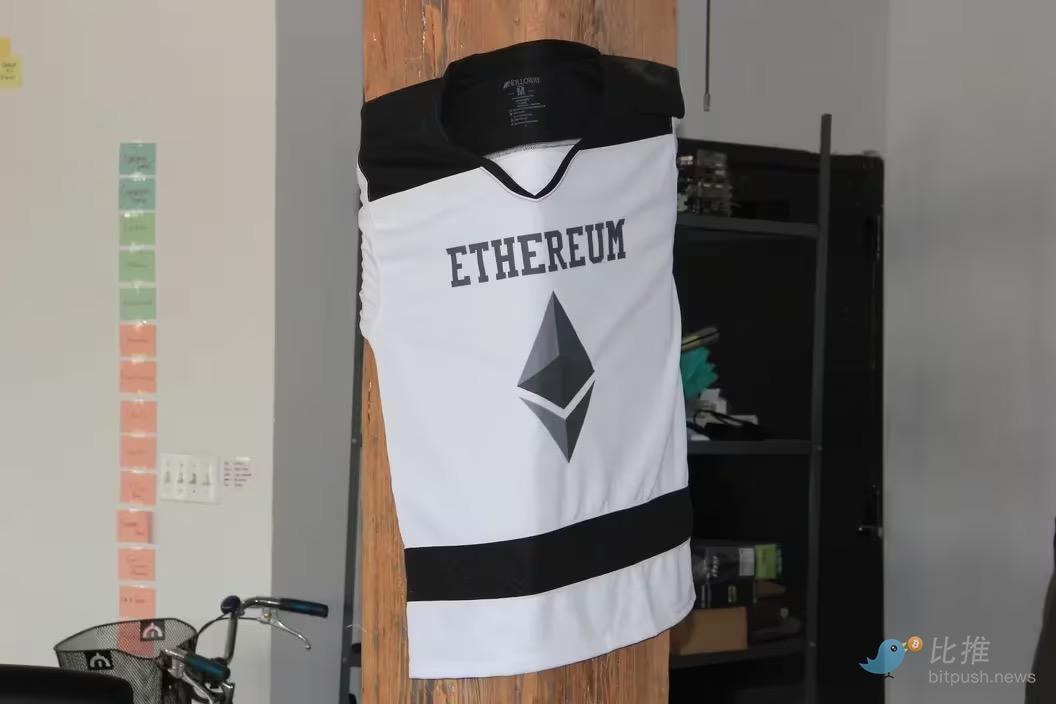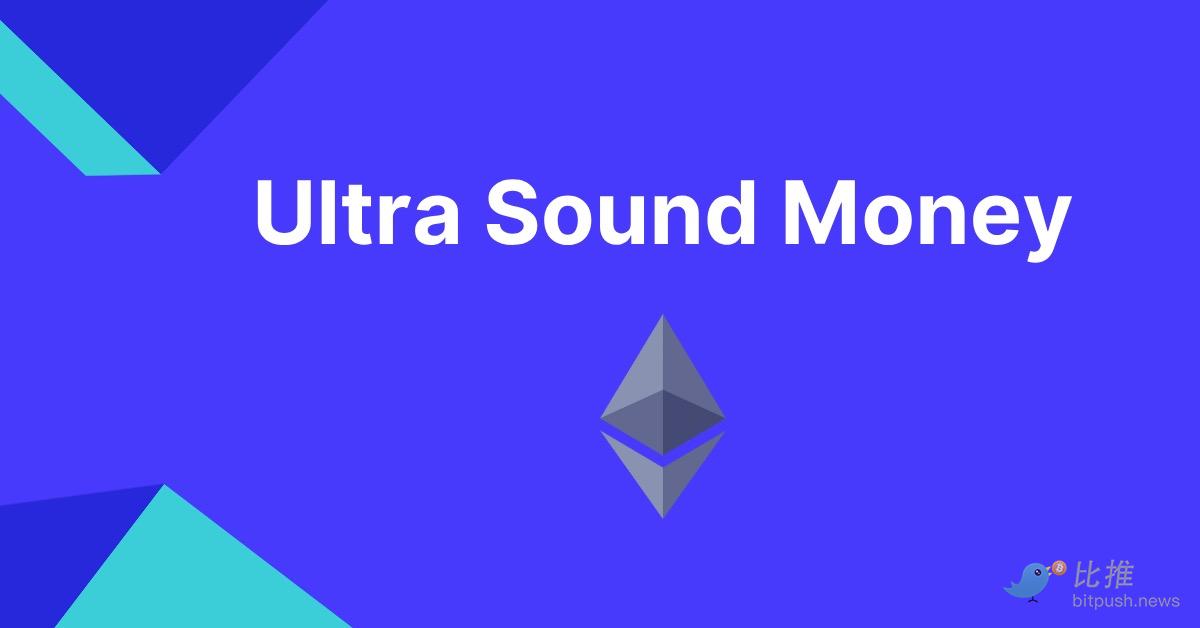Author: Ganesh Swami
Compiled by: Bit Push News Mary Liu
Since launching the network under the codename Frontier in 2015, Ethereum has grown from an ambitious vision to the solid foundation for thousands of decentralized applications globally today.
However, with the rise of blockchains like Bitcoin and Solana vying to capture Ethereum's developer and user base, the ETH ecosystem has started to waver, seemingly forgetting its original goal, and its price performance has been lackluster, failing to successfully break through the historic high of $4,700 set in 2021.
This raises the question: has Ethereum lost its way? If so, how do we get it back on track?

As Confucius said, "He who chases two hares catches neither." In chasing Solana's faster execution speeds and the narrative of competing with Bitcoin as a hard currency, Ethereum has forgotten its original vision of becoming the world's computer.
Ethereum team lead Péter Szilágyi has stated that "Ethereum is losing its dominance." With reduced transaction activity and a declining ETH burn rate, Ethereum's inflation rate has reached 0.74%, and its "Ultra sound Money" status has been called into question. While others argue for ETH to retain its deflationary nature, it's important to remember that Ultra sound Money was never the goal.

Ethereum is not just a currency; it has never been about having the fastest TPS or the lowest gas fees; it has always been about building a truly decentralized future. Vitalik Buterin and the other co-founders created Ethereum with the hope of it becoming a world computer - a general-purpose network of thousands of computers where anyone can build decentralized applications anywhere. In building to enhance accessibility and interoperability, the ecosystem has been disrupted by the latest trends and lost its focus.
With the price dipping below $2,500, people believe that the reason for ETH's poor performance is related to the applications being built on the network.
Many of the dApps on Ethereum today have achieved short-term hype, but poor user interfaces and subpar experiences have led to limited and slow user growth. Additionally, these applications often attract the attention of the same users scattered across various L2s, failing to onboard new users. Without usable applications, Ethereum cannot achieve its goal of becoming the world's computer.
Ethereum's primary focus has been on building robust infrastructure, not applications. Decentralized computing and the secondary and tertiary networks providing data to Ethereum are under development, indicating progress in Ethereum's infrastructure. Now, the cost of permissionless on-chain development is much lower, and even enterprises are starting to favor permissionless networks like Ethereum over private enterprise networks.
However, even with these advancements, Ethereum's improvements remain slow, with the network stuck in the middle of the scaling roadmap, and technologies like Merkle trees, zkSTARKS, account abstraction, and the unified despair of L2 yet to be realized, leaving it in a state of developmental stagnation.
It's time to abandon the short-sighted mindset. Just like Bitcoin, Ethereum will emerge from its seemingly sluggish slump. Ethereum is at a "lightning moment," and it needs to let go of the Ultra sound Money narrative and stop trying to chase Solana. For those focused on Ethereum, there is a clear path for it to address this issue. For example, we haven't yet seen how people will use Blobs, not just as space for Rollup fraud-proof challenges.
Following the Dencun upgrade in March, Pectra is the next major Ethereum upgrade planned for the end of 2024, and the next step in the Ethereum roadmap is "The Purge." Once Ethereum's chain gains wider adoption, this upgrade will play a crucial role in keeping Ethereum in sync with other chains and handling the influx of activity. "The Purge" will simplify the protocol by clearing old historical records, eliminating technical barriers and reducing the cost of participating in the network.
While removing historical state has some benefits, it also makes the chain vulnerable to centralized entities consuming the data, turning Ethereum into a data-centric chain. This makes Ethereum more of a "billboard" than a trustworthy platform. This issue hinders the next stage of the world computer's development, as downstream activities like multi-agent AI systems and decentralized computing cannot scale without data to reference. One way to solve this problem is through decentralized long-term data availability.
Yes, Ethereum is currently facing a bottleneck in the middle of its scaling roadmap. However, Ethereum can get back on track by shifting its focus to infrastructure. This is the true path to enabling Ethereum to fulfill its role as the world's computer. As Ethereum completes its roadmap and realizes decentralized computing in the coming years, the world computer will be able to operate efficiently on a robust global infrastructure.







